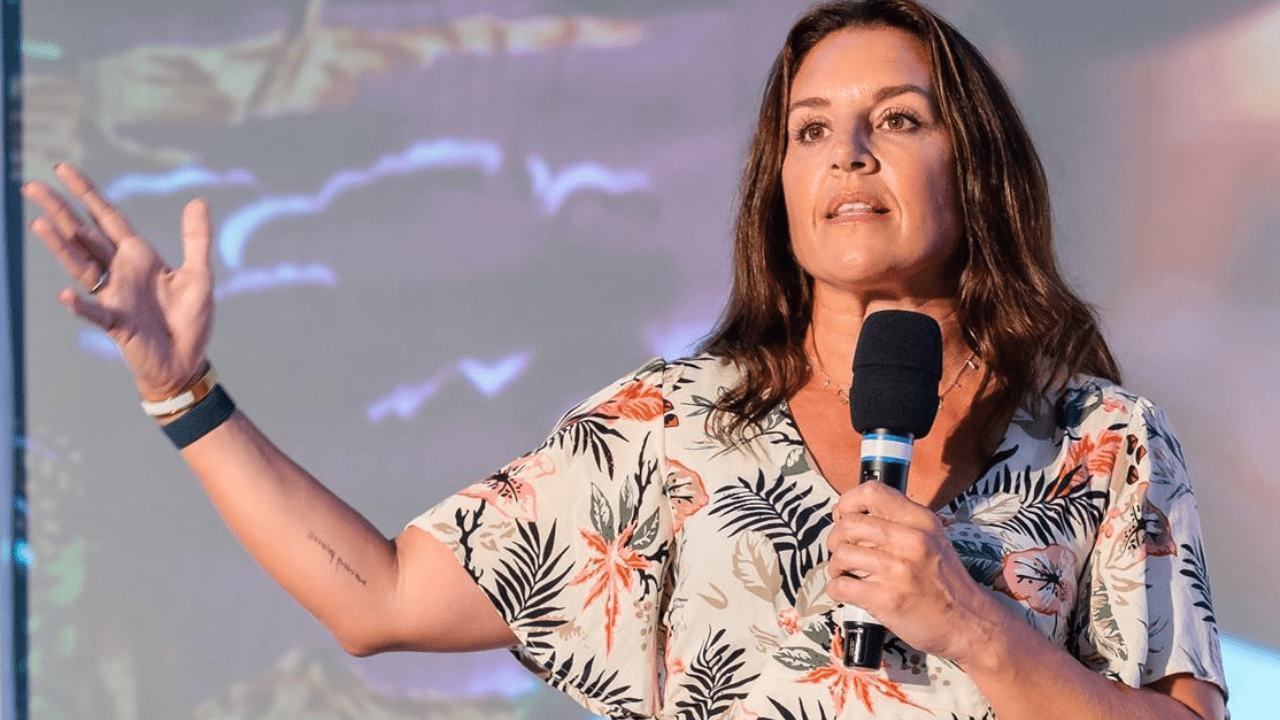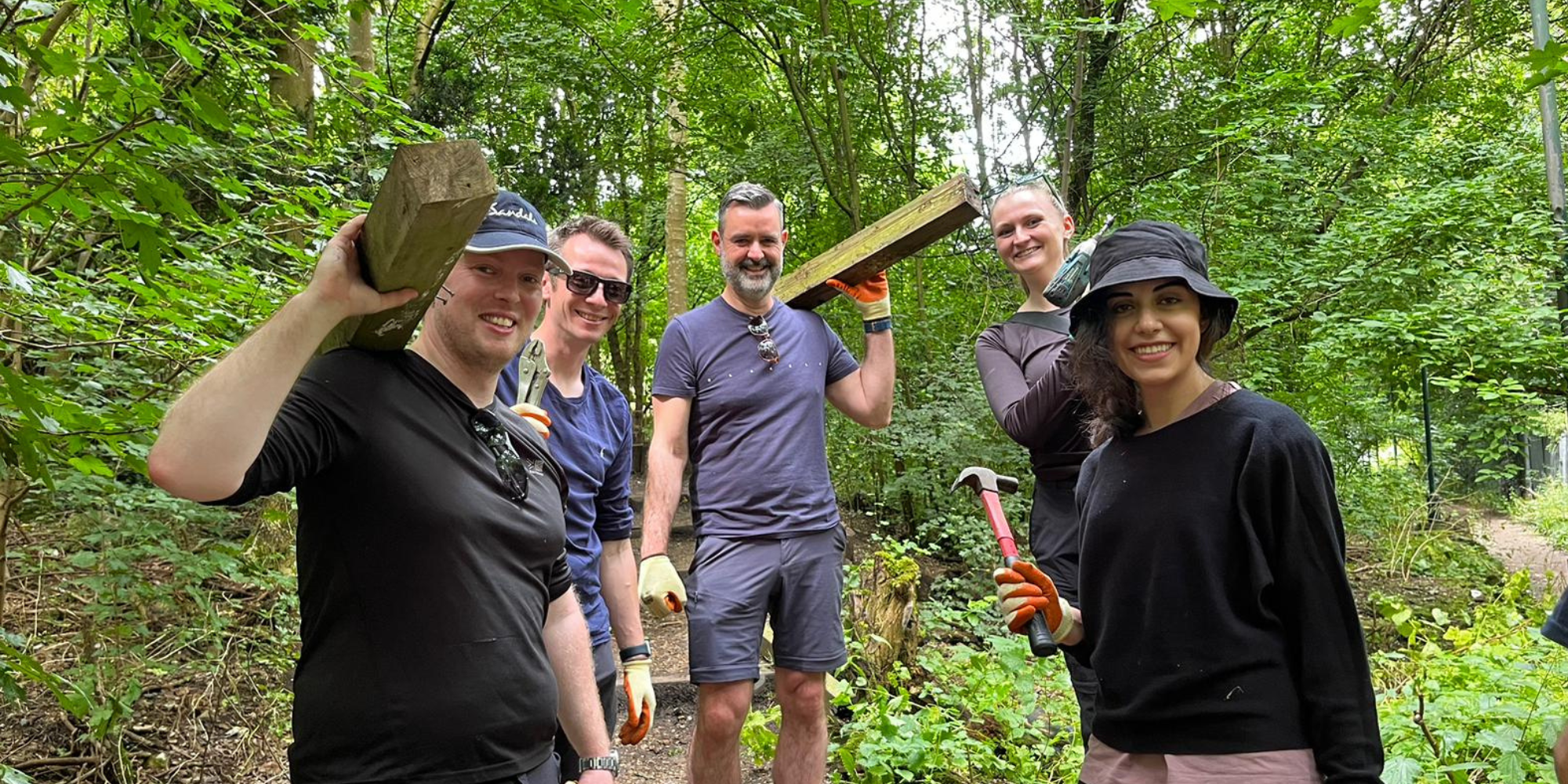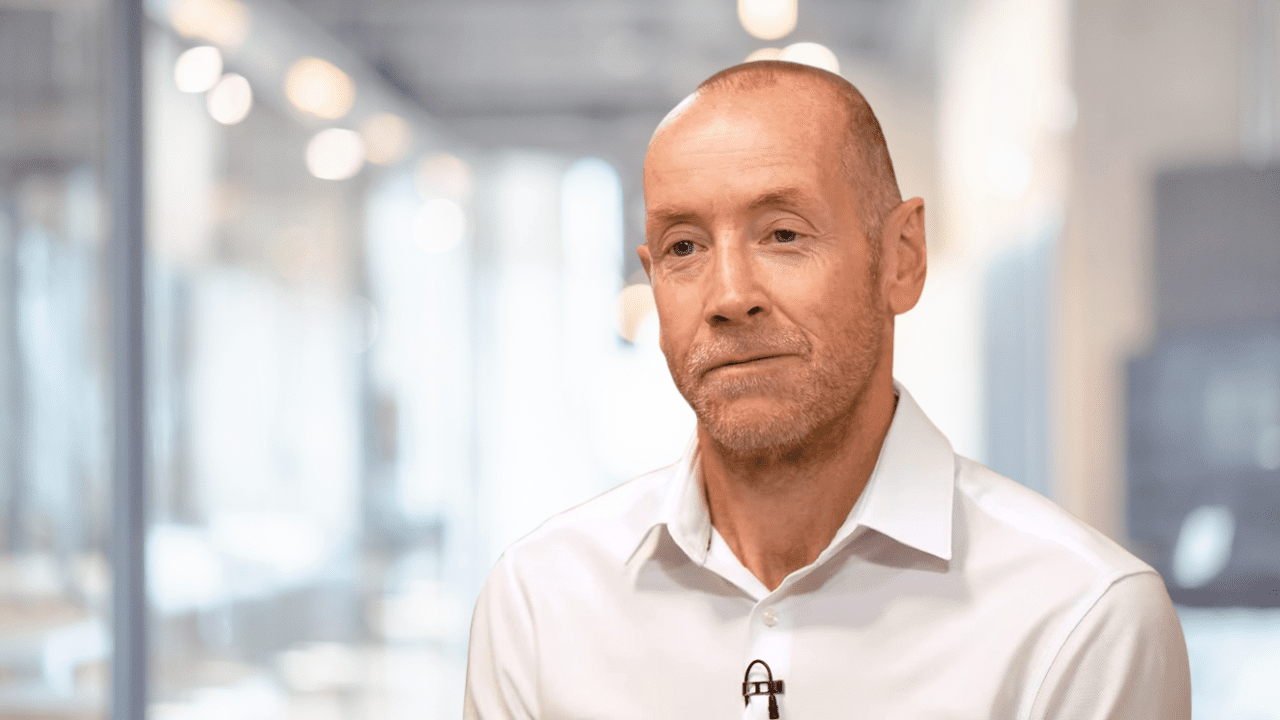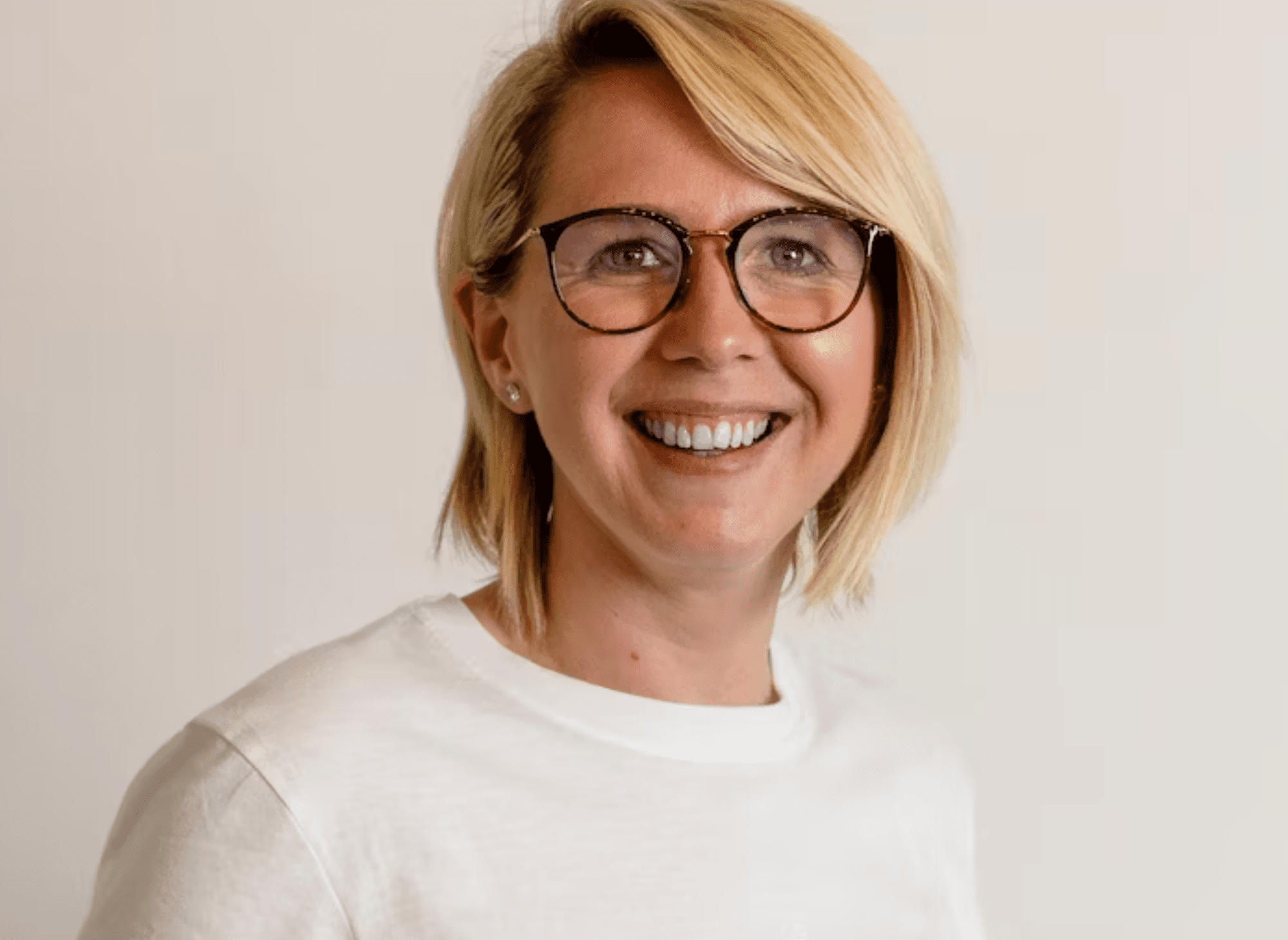
Building a Future-Proof Culture: Insights from Jane Sparrow and Sarah Willingham
In the fast-paced world of high-growth businesses, culture is often the silent engine behind sustainable success. We sat down with Jane Sparrow, founder of The Culture Builders, and Sarah Willingham, serial entrepreneur, investor, and Chair of Tonkotsu and CEO/Founder of Nightcap, to explore what it really takes to build a culture that not only survives growth and change—but thrives because of it.
Culture: The Invisible Force That Drives Everything
“Culture is the heartbeat of any organisation,” says Jane. But it’s not about perks or posters. It’s about the energy and intention behind every decision, interaction, and habit.
Jane breaks it down into three core pillars:
- What we believe – the shared values that underpin everything
- What we use – the tools, systems, and structures that reinforce those values
- How we behave – the alignment between beliefs and actions
When these elements are in sync, teams shift from being passive participants (Jane calls them ‘savers’) to active drivers (‘investors’) —people who continuously improve themselves and the business.
Culture and Performance: Two Sides of the Same Coin
Jane is clear: “Strong culture directly impacts performance.” When culture is misaligned, it shows up in high turnover, slow decision-making, and a lack of innovation. But when it’s strong and clear, it becomes a powerful enabler of scale, without losing the essence that made the company great in the first place.
Growth Demands Intentional Culture
As businesses grow, culture can no longer be left to chance. “In small teams, culture often develops organically,” Jane explains. “But as you scale or go remote, you need to define it explicitly write it down, talk about it, embed it.”
Sarah agrees. “When you’re scaling, clarity on culture is the difference between empowering your team and feeling like you have to control everything. A strong culture allows you to let go (and scale) without things falling apart.”
The Challenge of Cultural Integration
Having acquired multiple businesses through Nightcap, Sarah knows that merging cultures is often harder than merging business models. “It’s always easier to work with brilliant teams and an average idea, than the other way around,” she says.
Her approach? Focus on openness, self-awareness, and a learning mindset. “You have to understand what you’re acquiring and whether it aligns with your values. If it doesn’t, you either build a new shared culture or face constant friction.”
Culture as Compass in Leadership Transitions
Sarah recalls a pivotal moment at at one of her companies. “We brought in an MD who looked like a good fit on paper. But as the founders stepped back, it became clear the values of the new MD weren’t aligned to the business. Eventually, the founders returned, rebuilt the team, and re-established the cultural foundation. That shift completely revitalised the business.”
The lesson? “Culture is your compass. When you’re clear on your values, even tough decisions become more straightforward.” Culture and values are meaningless if it doesn’t drive the way you operate and make decisions, especially tough ones.
The Human Side of Leadership
Both Jane and Sarah emphasise the importance of self-awareness in leadership. “It’s not about having all the answers,” Jane says. “It’s about being human, being consistent, and showing your team what learning and growth look like.”
Sarah adds, “Self-regulation is essential. I take a nature walk every week to reflect and re-energise. And I have a safe space, a mentor or Chair where I can offload. That balance keeps me present for my team.”
Living the Culture, Every Day
Maintaining a strong culture isn’t about grand gestures, it’s about consistency. “Celebrate not just results, but the behaviours that got you there,” Jane advises. “And hold each other accountable when actions don’t align with values.”
Sarah explains that at Tonkotsu, one of the cultural pillars is “Kaizen to the end” continuous improvement. “It’s in our food, our service, our mindset,” says Sarah. “We’re always asking, ‘What can we do better?’ That curiosity and discipline keep us moving forward.”
Final Thoughts: Culture as a Strategic Asset
Jane’s advice to founders and leaders is simple: “Make your culture visible. Involve your people in shaping it. And never underestimate the power of a shared language and purpose.”
Sarah sums it up: “Culture is your superpower. It gives you confidence, direction, and the ability to navigate complexity. But it needs work—every day.”











